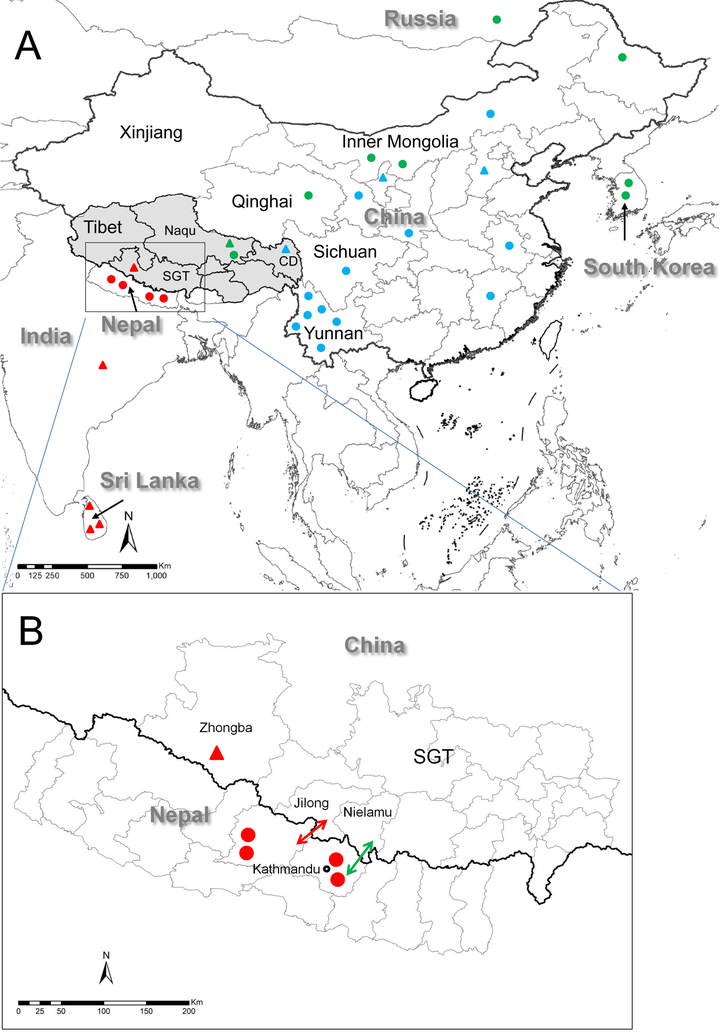The reemergence of human rabies and emergence of an Indian subcontinent lineage in Tibet, China
 Image credit: Unsplash
Image credit: Unsplash
Abstract
Coordinated surveillance, vaccination and public information efforts have brought the Chinese rabies epizootic under control, but significant numbers of fatalities are still reported annually with some cases occurring in previously rabies free regions. Tibet has remained virtually rabies free for 16 years, but since 2015 one human rabies case has been reported each year. To better understand the origins of these cases, we sequenced three human samples and an additional sample isolated from a dog in 2012. Three genomes were sequenced from brain samples - human case 1 (reported in 2015), human case 3 (2017), and the 2012 dog case. For human case 2 (2016), the rabies N gene was sequenced from a limited saliva sample. Phylogenetic analysis shows that Case 1 (CXZ1501H) and the dog case (CXZ1201D) belong to China IV lineage (equivalent to Arctic-like-2 in global rabies), suggesting an association with a wildlife spillover event. However, Case 2 (CXZ1601H) is placed within the dominant lineage China I, and was most similar with recent strains from neighboring Yunnan province, indicating the current epizootic has finally reached Tibet. Most surprisingly however, was the finding that Case 3 (CXZ1704H) is distinct from other Chinese isolates. This isolate is placed in the Indian Subcontinent clade, similar to recent Nepal strains, indicating that cross-border transmission is a new source for rabies infections. Thus, the complex mixture of the rabies epizootic in Tibet represents a major new challenge for Tibet and national rabies control.